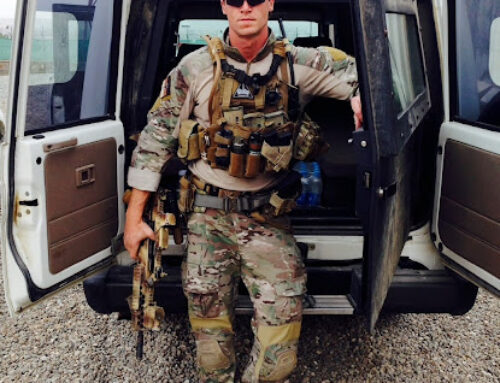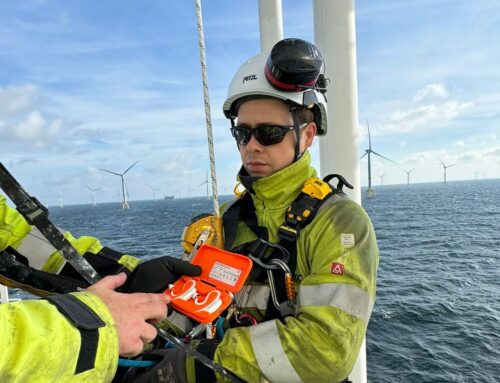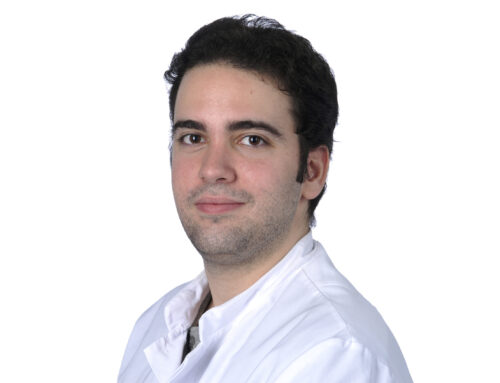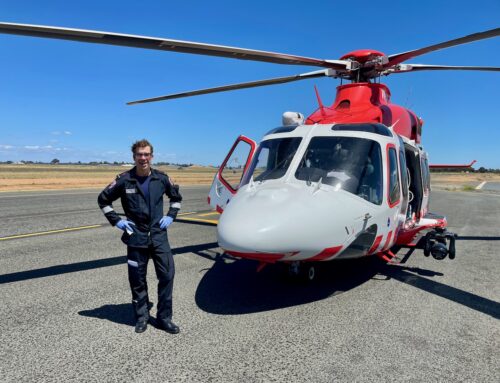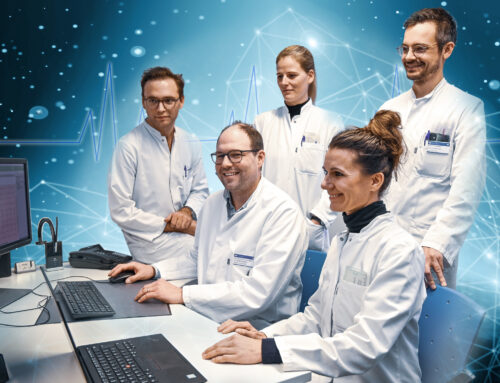How prolonged field care can benefit from innovative patient monitoring solutions
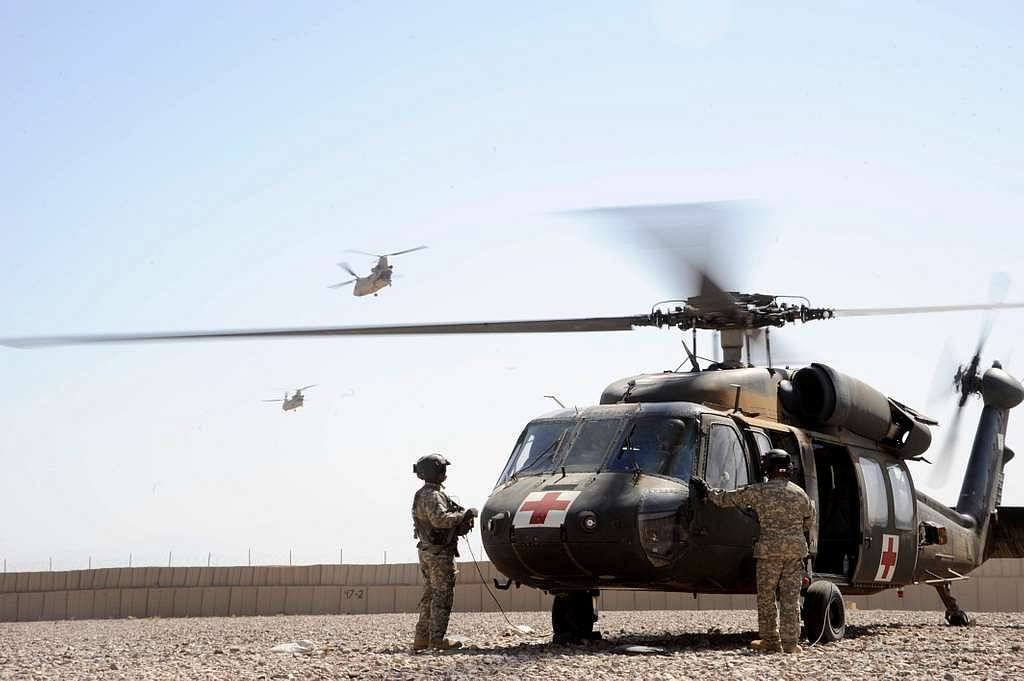
Photo credit: Defense Visual Information Distribution Service, Photo by Staff Sgt. Rasheen A. Douglas, NATO Special Operations Component Command-Afghanistan – https://www.dvidshub.net/image/307141/daily-preps-medevac
Regardless of whether it is a tactical, military or civilian environment, there may be situations in which it is no longer possible to provide adequate medical care using standard procedures. This is where Prolonged Field Care (PFC) comes into play. It refers to “prehospital emergency and critical care provided outside normal evacuation timelines in resource-limited environments to prevent or reduce morbidity and mortality of serious and critical casualties until the patient arrives at an appropriate level of care”.1 Prolonged field care is provided by doctors and medical professionals as well as trained civilians in remote areas, war zones or disaster areas.
We spoke to Eirik Holmstrøm, who has over 30 years of experience as a paramedic, including in crisis areas. He knows exactly what is important when treating injured people in such extreme situations and how innovative patient monitoring solutions can make a valuable contribution.
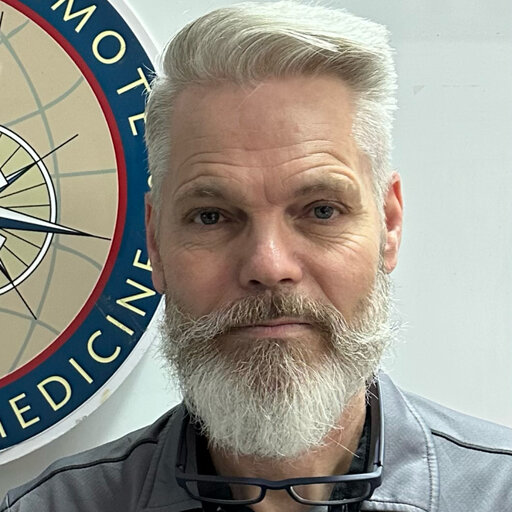
About the interview partner:
Eirik Holmstrøm is a highly experienced paramedic. With over 30 years of work as paramedic and in the military field, he has been active in various locations including Norway, Bosnia, Iraq, and Afghanistan. He is now working as an instructor at the College of Remote and Offshore Medicine Foundation in Malta. He also works at Medic Tool to support the further development of their software for mobile patient documentation and data transfer.
Eirik Holmstrøm, among many other activities, you work as a medical instructor. Can you describe what exactly you do?
I’m working as course director and instructor at the College of Remote and Offshore Medicine Foundation in Malta. We teach civilians, medical personnel, such as doctors, nurses and paramedics how to operate in prolonged field care in hostile and remote environments with limited equipment. Besides that I’m also working for Medic Tool, where we developed a Digital Pre Hospital Software App for medics to plan, document and communicate while on missions.
One area of your work is Prolonged Field Care: What does that mean?
To explain this, I would like to say something about the history of the origins of PFC: During my military career and work with the NATO I was in Bosnia, Afghanistan, and Iraq. In Afghanistan, I worked as a flight paramedic. In this setup, it was possible to retrieve patients within 30 minutes of their injuries. We adhered to the golden hour principle: a soldier gets injured, the alarm goes off, a ground medic treats him, we arrive within 30 minutes, so the soldier is in surgery within an hour. After these missions we began to consider scenarios in regions in which a medical infrastructure is also further away, like in Africa, and what we now see in Ukraine, where a patient might need to be kept stable for six, eight, or ten hours, possibly even a day or two, before evacuation is possible. Without doctors nearby, we needed to determine what military medics or medics on civilian expeditions should know. What level of care should non-doctors provide, and what skills are essential to keep a patient alive? This led to the formation of the Prolonged Field Care group in the US. We focused on identifying the skills that medics – not doctors or physicians – need to sustain a patient’s life. There are various procedures involved. But essentially PFC means taking care of a patient – who should be somewhere else – for longer than you want to. And then we started with discussing and looking into different aspects and measures that are necessary to provide PFC.
What measures does this involve, for example?
For example blood transfusion. This is something that I, as a paramedic, am not allowed to do in Germany. But in the field I do blood transfusions.
How do you identify the blood type on the field?
If we have the means, we determine the blood type of all the members of a mission in advance so that we have a database of all the people involved and know who has which blood type. If we don’t know that, then we use a blood typing kit, for example ELDONCard. You drip some blood on the card and it tells you the blood type. It’s not the safest solution because, for example, you don’t know what diseases the person might have, but it’s a very good solution if you need to type the blood quickly on site.
How did you hear about cosinuss° technology?
We at Medic Tool were looking for something to provide us with vital signs for our software solution. We began working with a company that is developing a vital signs monitor, but they are still years away from having a functional product. So we had to search further. Our CEO attended the air rescue conference ICAR in South Tyrol last year and there he met cosinuss°. So, after the conference, we discussed the potential possibilities with cosinuss°, which are immense.

Training exercise in Malta. Photo credit: Eirik Holmstrøm
Let’s talk more about these possibilities: What does an injured person urgently need that cosinuss° technology could help with?
According to my experiences working as a medic in Bosnia, Afghanistan, and Iraq, as well as teaching medics all over the world now, the most important thing is: You start with the basics. You start with stopping the bleeding, making sure the patient is breathing and then you move on. Taking the vitals is a very important next step, because that decides what you are aiming for. So you have to get the pulse rate, the SpO2, the blood pressure – these are things you need to take, because this will indicate what is happening with your treatment of the patient. Is he or she improving or is he or she getting worse? And that’s why I really love cosinuss°: With the in-ear sensor I have something that I can put in the ear of the patient and I can see the vitals in the app continuously and thus see the changes. Soon we will be able to integrate the measured vitals in our Medic Tool, too. It will automatically be registered, documented and we can send that information further on, for example when the helicopter arrives or to the nearest hospital.
In your opinion, what advantages does cosinuss° technology have over other solutions in the field of PFC? Are there any other comparable solutions?
We were specifically looking for a solution that provides live vital signs directly to our app, and cosinuss° is the only one on the market that does this. There are small finger probes for SpO2 and some capnography tools, but nothing like cosinuss° that can transfer data via Bluetooth directly to our app. Thus, what cosinuss° offers is extremely important for medics, especially in PFC, where you need to monitor the patient over time. During missions in Afghanistan and Iraq, medics had five to ten minutes to treat and move the patient to the helicopter. In such a short timeframe, you don’t see the full impact of your actions. But when you are caring for a patient for 12 hours, you need continuous monitoring. For example, if you administer antibiotics, you won’t see effects in the first one or two hours, but you can observe improvements after five, six, or more hours. If the fever goes down, that’s good; if not, it’s a problem. cosinuss° helps by sending vital signs data through the app or directly into the Medic Tool, recording everything, such as the administration of antibiotics or paracetamol. cosinuss° stands alone in this type of measurement, and Medic Tool is unique in Europe for patient documentation systems.
Another advantage is that during long care periods of 12 hours and more you are often the only medic available. You can’t monitor the patient continuously without taking a break sometime. I teach other people with no medical background how to take blood pressure, respiratory rate, and pulse rate. With cosinuss°, I can show them on the screen what to watch for, and if the readings go above or below certain thresholds, they know to come get me. This is a significant benefit.
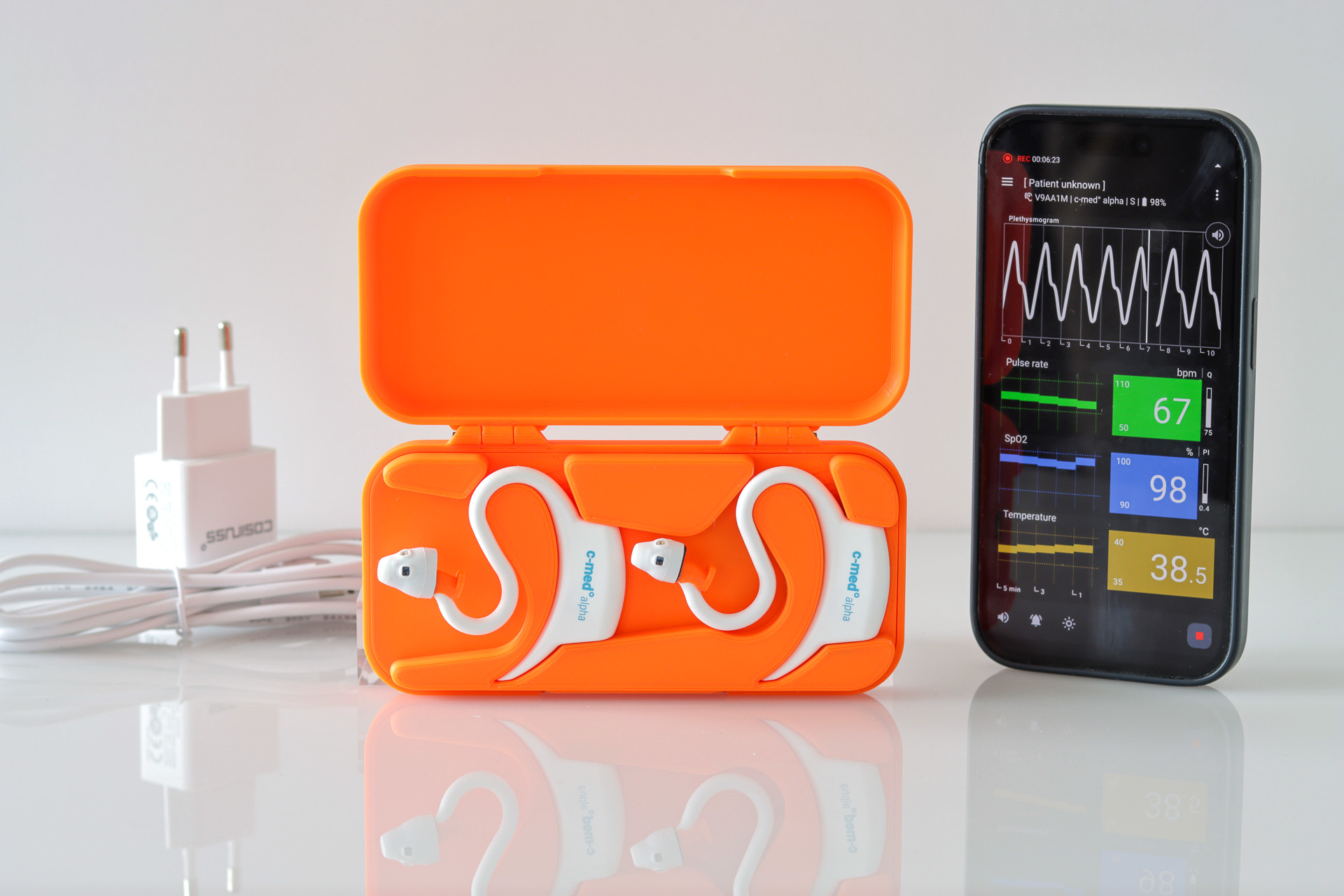
Two c-med° alpha in-ear sensors in the transportation box and the cosinuss° Health app on the smartphone.
What kind of equipment does a paramedic normally take with him/her on a mission?
Normally, for example, large patient monitors are carried in ambulances. Various other devices can be connected to these, e.g. for ventilating or measuring breathing air – especially for monitoring CO2. In addition, the analysis of urine excretions is often required in the PFC. Blood sugar levels are also very important. With all these solutions, cable connections are often still common or manual measurements are necessary. However, looking ahead, we want to find small, lightweight solutions that can be connected to our Medic Tool.
Besides these mentioned parameters that cosinuss° might not cover with the in-ear sensors: What other vital signs would you say cosinuss° should be able to cover?
If cosinuss° can also cover respiratory rate, blood pressure and ECG2 in addition to pulse rate, SpO2 and temperature in the future, then we would already have the most important parameters in one single device.
What potential do you see for the future of cosinuss° technology?
I think the potential for cosinuss° technology is unlimited. Anyone providing medical treatment outside of a hospital needs to take vitals, whether on offshore oil rigs or in ambulance services. In a clinic, you have large monitors, but when you’re out in the field with only a medical bag, you don’t carry those big devices. The main purpose of cosinuss° is to support the standalone medic when he or she is out picking up patients.
Additionally, cosinuss° could be incredibly beneficial in mass casualty situations. For instance, if there’s a situation with multiple casualties, like a shooting, and you have ten injured people. I, as a medic, would run in and place a sensor in each casualty’s ear. The doctor could then monitor the vitals remotely or in the back and determine, for example, “Number 4’s vitals are dropping, you need to see him first.” This would make cosinuss° an effective triage tool.
When and where did you test the cosinuss° sensors already?
I have already tested the c-med° alpha several times during my training sessions. However, I plan to test the sensor on real patients during my next training sessions and assignments if possible, for example when I travel to Ukraine.

